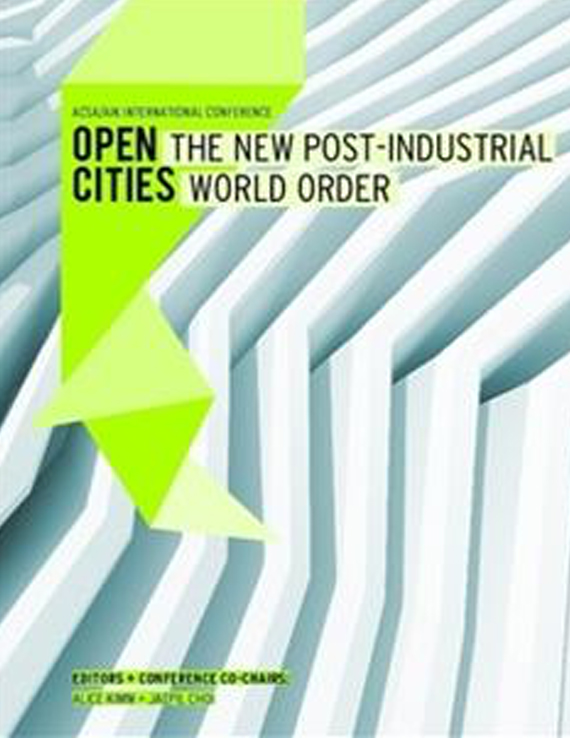Author(s): Chang Zhigang
The 21st Century is marked as the period when media and information disburseeverywhere, between people and urban architecture as a medium. With the involvementof fast-paced business culture and visual digital media, the public issurrounded by replaceable visual symbols whether watching TV or simply walkingon a street. Like it or not, countless images came into the public’s sights ina fascinating speed. While the industrial era was recognized with the theme ofsubstance and material, the post-industrial era is identified as a digital-orientedand image-focused time.The only thing does not change at present time is CHANGE. The field of urbanarchitecture constantly discovers its new ways and expresses its new ideas as welook into it. One of the cutting-edge areas of the field is to combine media witharchitecture, which is expected to innovatively integrate the expression of architecturewith the way of how other media do.Over the past decade, architecture façade and the art of image-based digital mediaexperienced unprecedented development, which is considered to the consequenceof continuous development through mutual influence of frontier exploration,postmodern consumer culture and contemporary art.Media architecture is a novel architectural form with the combination of architecturefaçade and image-based digital media. To some extent, media architectureis an art work features with science and technology. Apart from the fundamentalfield of architecture, media architecture also pertains to various field includingvisual communication, advertising planning, art of film and TV, media art, installationart, experimental animation, digital intelligence, semiconductor lighting,green energy, etc.Media architecture should not only be a visual performance, it should also be aconnection that can effectively organize the whole urban space, so as to achievethe purpose of comprehensive communication. Media architecture can containboth real space and virtual space, which is its most extraordinary feature. By blurringthe borders between space, the communication of people and architecturecan reach a new level.This article explores how media architecture develops in five aspects as followed:1. The media attribute of architecture and its evolution.2. Architectural logic and the evolution of architectural aesthetic.3. Concept and the evolution of visual arts.4. The needs of intelligent city and the role of media architecture in the futuresociety.5. The reform of architectural education.
Volume Editors
Alice Kimm & Jaepil Choi
ISBN
978-0-935502-91-6

 Study Architecture
Study Architecture  ProPEL
ProPEL 
